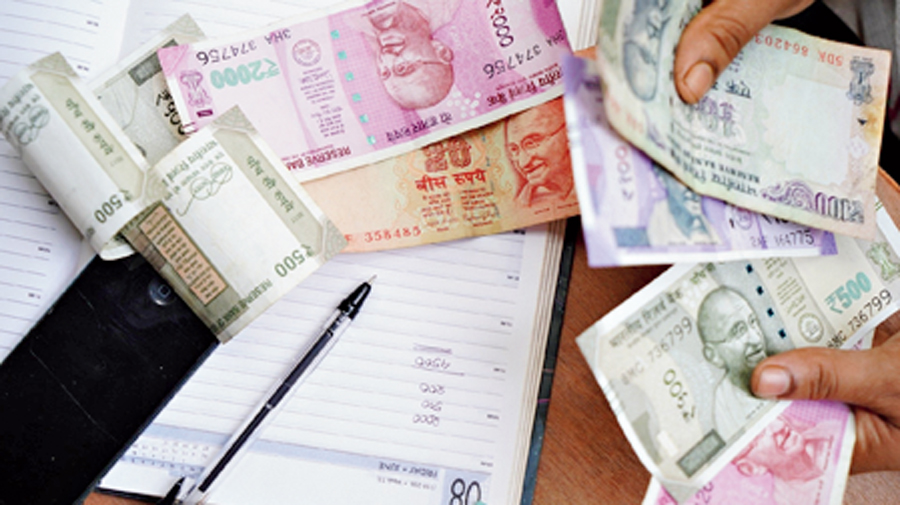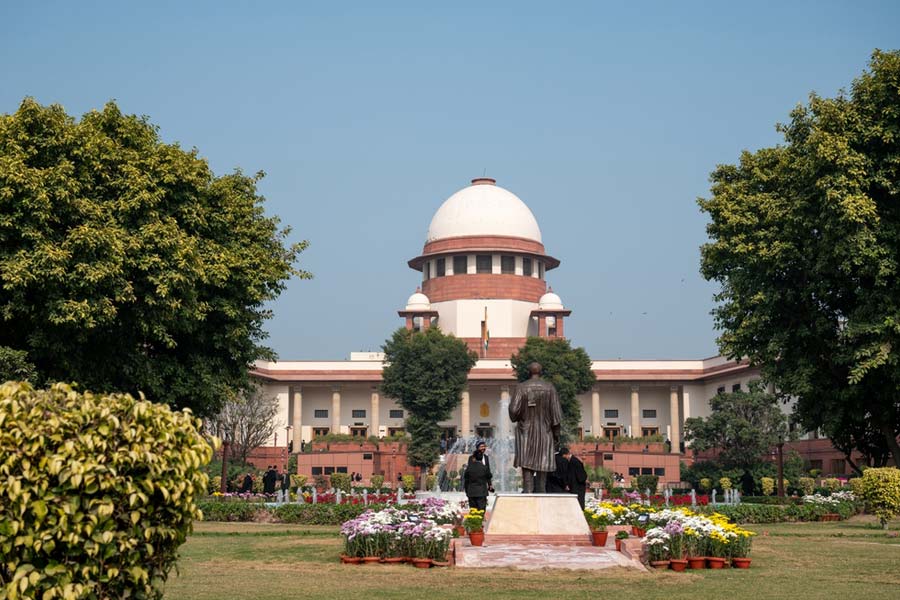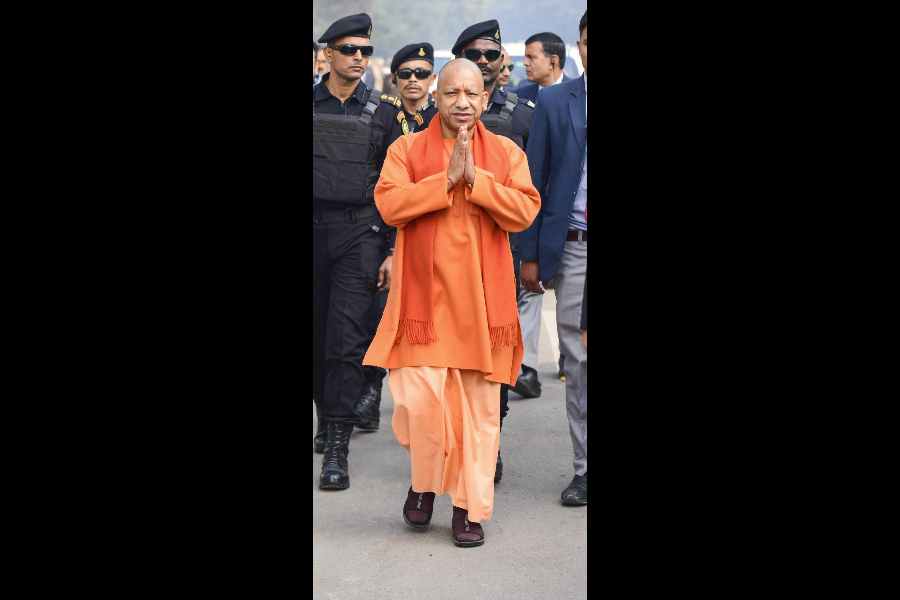If the first wave of the coronavirus ravaged the economy, what might the second round be like? As the virus rampages across the country, attention is riveted upon its economic effects. Assessments of the viral play-out have led to across-the-board revisions in growth forecasts the past fortnight. From an 11-12 per cent range expected before (some even higher), predictions for gross domestic product growth for 2021-22 have now been adjusted down to the 8-10 per cent region on average. The general belief is that the second wave of Covid-19 will not damage economic output as severely as it was affected last year. The uncertainty is very high as new infections erupt powerfully in newer and rural locations, although aggregate new cases have visibly slowed with signs of a flattening infection curve. It is difficult to predict the magnitude. But there are grounds to believe that the second wave will leave a lasting economic imprint. The shock to consumption could persist for many, many quarters.
The qualitative differences between the second coronavirus wave and the initial one are significant and substantial. For one, the current wave is far more lethal; this is manifest in its transmissibility, higher case count and fatalities. Because of these attributes, the financial and physical toll the virus has taken upon the public is way higher. The emotional and human costs of this wave are far more disturbing: rich and poor alike have suffered, succumbing in droves from the lack of oxygen, its sudden stoppages when hospitalized, callous exploitation by sellers and the sheer absence of state checks and safeguards. Traumas extend beyond the loss of loved ones to crematory shortages, misdemeanours and indignities; dead bodies immersed in rivers or buried at their banks in escape are a painful reality.
The scarring caused by the experience of not getting hospital beds and intensive care despite having resources, paying through the nose with meagre means, enduring callous black-marketing and the rejection of cashless insurance contracts and more has bred insecurity amongst the affected and unaffected alike. The fear, vulnerability, helplessness and caution are leading people to lock themselves up from fright rather than fiat, knowing that death is a distinct possibility, not just because the virus is deadlier but because health support is not guaranteed.
More factors point to an enduring persistence of fear this time round. One, people now believe and expect that a third wave is a real threat. There is official warning of this possibility; leading medical professionals have also cautioned the same; and the fact that its incidence is likely to impact children is more frightening. Two, the fear is perpetuated by the shocking slippage in vaccination coverage and the apparent shortages of vaccines for adequate and fast protection from the virus. Even though the government now says that there will be enough vaccines from July and is confident about covering the adult majority, the gap gives ample latitude to the virus to multiply and mutate with unknown intensity.
Three, the manner in and the pace at which infections are spreading unabated in rural, tribal and other remote areas preserve the fear of Covid-19 amongst society as a whole. This restricts mobility and social and economic engagement; there are feedback effects upon confidence and sentiments of consumers as well as producers that result in real economic effects including labour requirements. It is reasonable to expect further depression of consumer sentiments, increased savings to insure against further health shocks, with consequent cutbacks or postponement of consumption where there’s a choice, that is, discretionary spending; a larger portion of built-up demand in this instance is likely to be preserved for shock-proofing.
There are three more reasons to indicate why consumer demand could remain lower for longer this time round. One, there is a second-round loss of incomes and employment in less than a year, similar and/or repeat damages to vulnerable businesses and firms, with further slippages into poverty and probably an accentuation of inequality (such as the K-shaped recoveries amongst households and firms observed in the previous round). Savings and earnings are more depleted as a result. An unknown fraction of people would also have been financially drained by health expenses; many might be more indebted too. Then, the newer locus of Covid-19 — rural, semi-urban areas — implies a higher economic incidence upon the lower-income population, whose marginal propensity to consume is larger. Finally, there is no demand offset or fiscal support from the government, which gave some sparse support last year.
Not only is the spending appetite, which depends upon consumer sentiments, more diminished by the second wave, but the capacities to spend are also drained and lowered overall. The milder wave last year did not create a health havoc of such magnitude, its human and economic costs were lower, and it did not inflict severe emotional scars or form painful memories as there are now. Its moderate nature and impact emboldened people to shake off their fear, which encouraged spending. Therefore, the repressed consumer demand rebounded with surprising force in the third quarter or October-December 2020; this uplifted retail sales and production activities to push up GDP growth into positive territory (0.4 per cent) after two successive quarters of contraction (a respective -24.4 per cent and -7.3 percent in June and September 2020). Moreover, vaccine optimism built up towards the end of last year; many had been developed, inoculations had begun in some countries, and India was advantageously placed in this regard. All these bolstered consumer confidence, inspired hope that the country would vaccinate itself to safety, and recover steadily through this year.
The augurs for a strong burst of pent-up demand upon reopening are significantly weakened in the second wave. It would be very surprising if consumer demand rebounds with similar robustness, currently expected from July. The demand build-up owing to closures will be there; people will also spend on festivities, weddings and similar activities in the festival season in the second half of the year. However, the level of consumer spending is more likely to get lower overall; its strength and duration are both doubtful; endurance is more probable. It is reasonable to expect that the ferocity of the second wave, the distress, destruction, insecurity and fear it has caused, the elevated uncertainty about when the wildfire will subside, and the darkened prospects of vaccine protection could cumulate to a lasting shock to consumption. This shock could persist beyond one or two quarters or several more ahead.
Against the optimistic start of this year, the radical and negative turn in the outlook within one quarter is in itself a shock. It need not have been this way.
Renu Kohli is a macroeconomist











